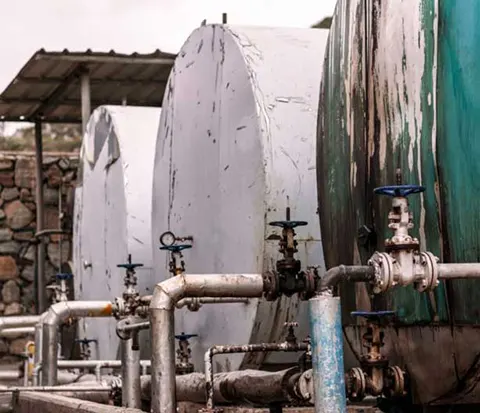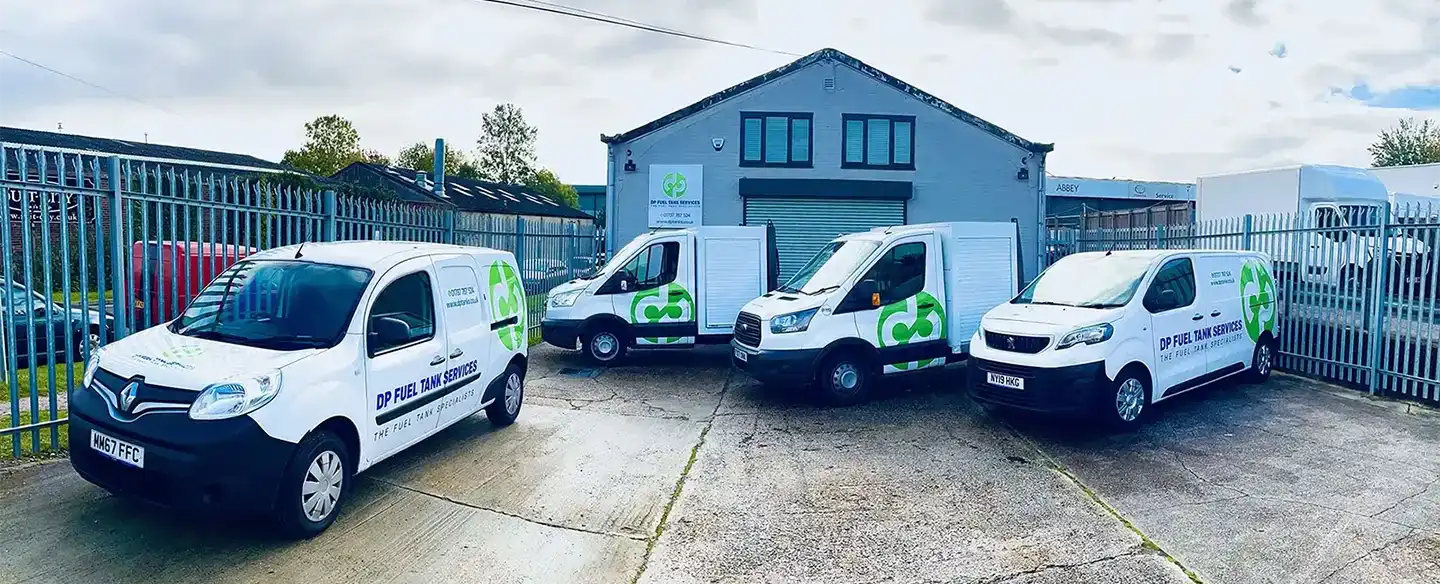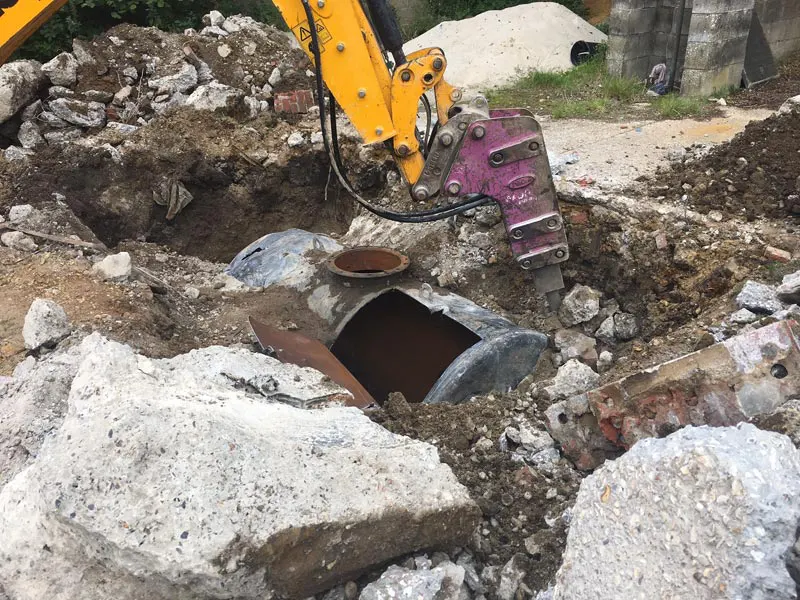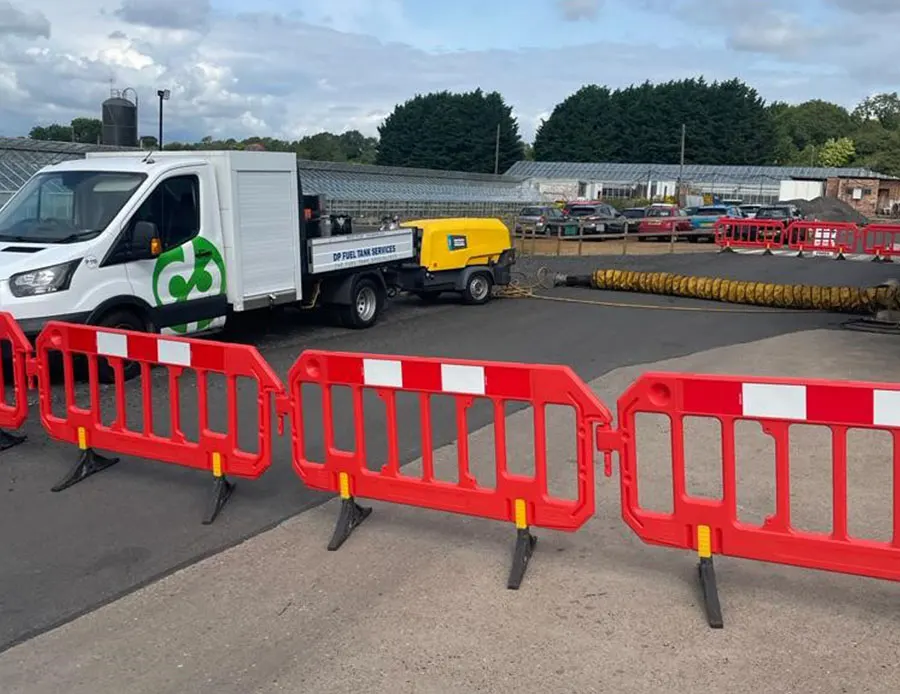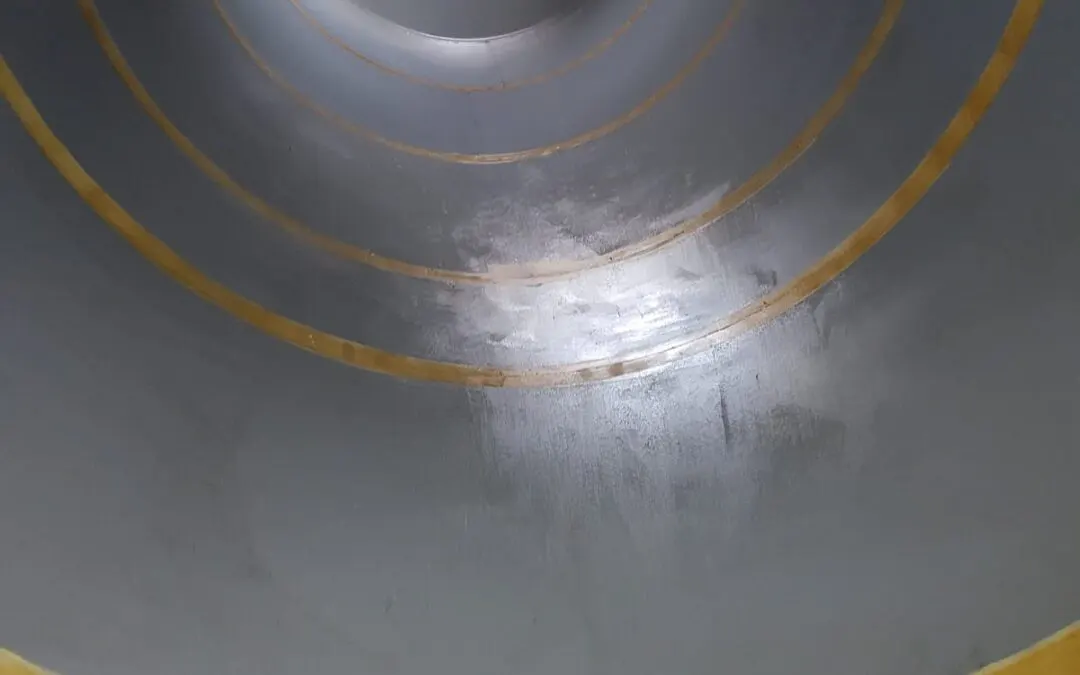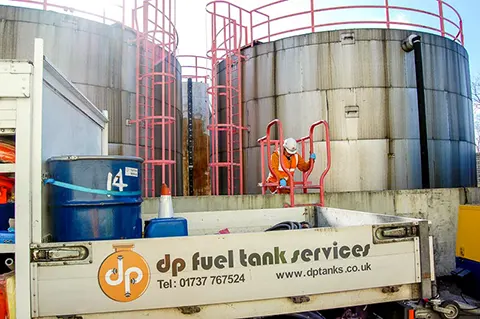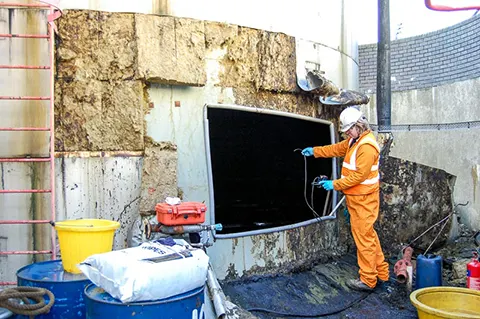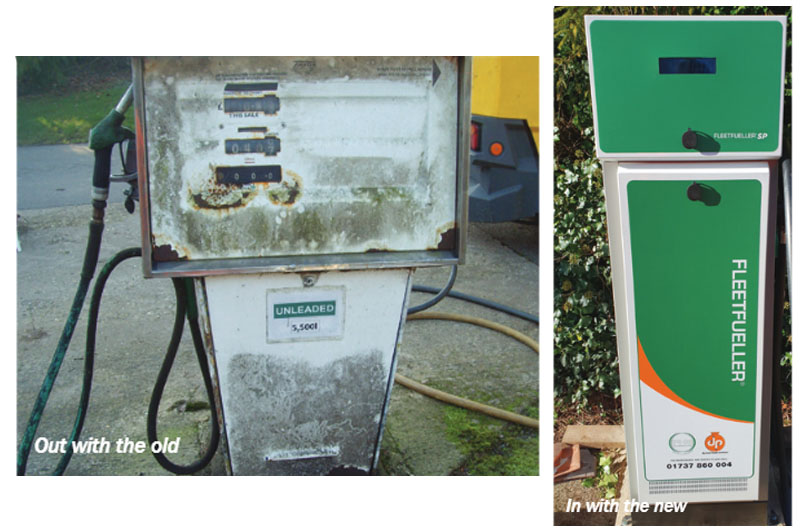Diesel’s uses are many and varied, and its reliability makes it a popular choice of fuel, if you need help with a diesel bug problem, contact our team today.
It powers many modes of transport, including cars, trucks, buses – even trains – and is also common in the agricultural and construction sectors where it is used in machinery vital to the operation of businesses.
Diesel is also deployed to provide electricity using diesel-engine generators, essential in areas experiencing power outages.
Of course, despite its value in so many different parts of the economy, things can go wrong.
In recent years, the diesel bug has attracted more attention and solutions suggested to fix it. But what is it?
And how can the problem be solved?
What is the diesel bug?
For those asking ‘What is diesel bug?’, it can be described as the process by which diesel is contaminated by microbiological growth exacerbated by water saturation.
It commonly occurs with stored fuel, which can deteriorate over time after reacting with water and oxygen.
Diesel is generally stored in tanks, which are containers that can dispense the fuel straight into an engine. There are many different types of diesel storage tanks distinguished from each other by size, shape, appearance and design – as well as the regulations they must conform to.
The most common types are classified into two categorises; above-ground tanks and underground tanks.
Above-ground tanks tend to be larger, and are usually fixed in a single location. Their construction means that they must be positioned on a solid concrete base or steel frame to keep them in place. Owing to their bulk, they can hold several thousand litres of diesel. This type of fuel tank is used in commercial and industrial settings, for example in factories or at power plants.
Stored fuel is accessed by using a pump. Depending on the material a tank is made from, it can be proofed against potential leaks and spills.
Underground tanks, as the name suggests, are placed below the ground – i.e. buried.. They are commonly installed at petrol stations. They are usually fitted with a system which flags leaks, a cathodic protection system, and a pump to dispense the fuel.
In normal circumstances, fuel can be stored safely for around a year. After that, there is a greater risk it can become contaminated with bacteria and/or fungi. It is common for water to form in the fuel tank as a result of condensation, which creates a perfect breeding ground for bacteria to thrive and multiply.
This is also the stage at which the diesel bug can grow which, if left untreated, risks serious consequences like damage to an engine.
How do you test for diesel bugs?
It can be concerning when you suspect the presence of a diesel bug, especially if you don’t know how to detect it.
For example, the presence of a diesel bug inside a fuel storage tank can be identified by testing a fuel sample, and by inspecting the tank for sludge accumulation.
It is important, therefore, to look for signs that might alert you to the fact the fuel is contaminated.
If you are relying on diesel to power a vehicle, there are a few warning signs that things aren’t as they should be.
First, check your diesel filter. Diesel filters play a critical role because they ensure optimum performance by preventing impurities from reaching the engine. They can also be useful when determining if a diesel bug is present. If a filter appears to be blocked on a regular basis, or needs to be changed more often than normal, it is a strong indicator the diesel has become contaminated. Not only that, if you notice particular substances in the filter itself – especially dirt – then that is a bad sign.
Second, an engine’s performance. If it has suddenly lost power, or even if you have trouble starting it, the diesel could be contaminated. This could also be the case if your engine cuts out without any prior warning. Additionally, given diesel fuel should be clear, if you notice there is a drastic change in its appearance, it may be a warning sign of a problem. Even if you discover you are using more diesel than normal, it is never a good idea to simply ignore the problem and hope that it goes away. While increased fuel consumption can be explained by other reasons such as driving habits, for example, you should at least rule out the presence of a diesel bug.
If you notice these signals at the same time, it is wise to seek advice from a professional to reduce the risk of further damage.
Once you have a suspicion the diesel bug is affecting you, tests can be carried out to confirm it.
These include using a diesel bug testing kit, or a water detector kit, to confirm the presence and level of contamination.
There are also other tests that can help identify if fuels have been mixed, as well as determining the kinds of contaminants are present.
How to treat diesel bug
The first step after diagnosing a diesel bug is present is implementing a treatment plan to fix the issue.
There are different ways to treat diesel bug. For example, using biocide treatments which help to kill the source of the contamination.
Fuel polishing also removes water and contaminants from fuel. This is a mechanical process whereby harmful sediment such as water, sludge and microbials are removed through filtration and circulation by running the fuel through specialised apparatus.
Of course, in severe cases of fuel contamination, there is the option of cleaning the fuel tank, which can resolve the issue. This method can also help remove water and bacteria that has caused the contamination.
Additives such as diesel bug biocides can also be used to kill all microbes present.
Clean fuel is essential for the functionality of your machinery or vehicles, helping them to run smoothly.
In terms of how to clean diesel bug from a tank, the recommended and most effective way to clean a diesel tank is to use a fully equipped confided-spaces tank cleaning crew to internally clean and inspect the tank.. Other methods include using a high-pressure jet washer with a lance and a universal swivelling head. This method is useful where manned entry is not possible or permitted.
During the cleaning process, contaminated fuel should be removed completely from the tank. Afterwards the tank, along with the filters and fuel lines, should be thoroughly cleaned to prevent contamination in the future.
The best way to stop diesel bug from combing back is to take preventative measures.
That means regular checks of the storage tank. Even if it is too late, and a diesel bug has already developed, you will be able to act quickly – and reduce the chance of damage – if you’re keeping to a schedule.
Ideally, your fuel storage tank should possess a functional filter system and you should only fill it with high-quality fuel, and free from excessive moisture (water).
You should also make sure that your fuel tank is made of robust material because a low-quality fuel storage tank is one of the main causes of water infiltration.
It is also wise to consider regular maintenance to remove materials like water, debris and dirt to increase the life span of your fuel.
Not only does this help minimise the risk of diesel bug, but it is also a cost-effective approach in the long term.
Does petrol kill diesel bug?
There is speculation around the mixing of different fuels and if doing so has any positive effects.
However, in the case of petrol mixing with diesel, it is important to note petrol does not kill diesel bug.
Alternatively, when petrol comes into contact with diesel, it can be incredibly damaging because petrol lowers the flash point of diesel and can cause serious engine damage to a vehicle.
Petrol contamination is dangerous, which is why it is never a good idea to try and treat diesel bug by mixing the two fuels in the same tank.
Keen to deal with diesel bug quickly?
At DP Tanks, we believe that diesel bug is a serious issue that needs to be addressed quickly and responsibly.
As a trusted expert in diesel tank cleaning since 1996, we have built an impressive portfolio of work for clients in the commercial and domestic sector.
That experience means we now offer a thorough, safe tank cleaning service that you can trust. Our expert team of professionals is well-equipped to deal with every type of tanks – including above-ground tanks to below-ground tanks.
We happy to respond to queries or concerns about fuel tank cleaning, and are committed to demystifying the process – particularly if you haven’t used it previously.
We are passionate too about protecting the environment while carrying out a tremendous cleaning job. For that reason, we try to recycle water used during cleaning ready for our next job.
We are also dedicated to fostering enduring relationships with our customers by providing a high-quality commercial fuel tank cleaning service.
To find out more, why not contact us today?
